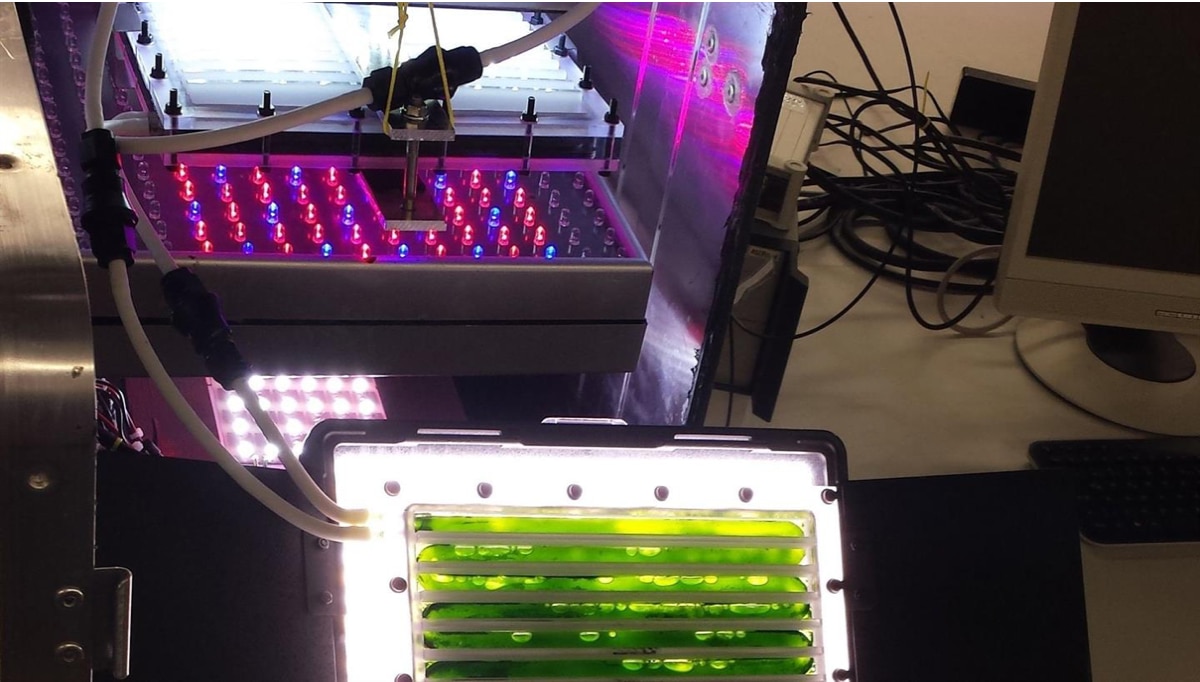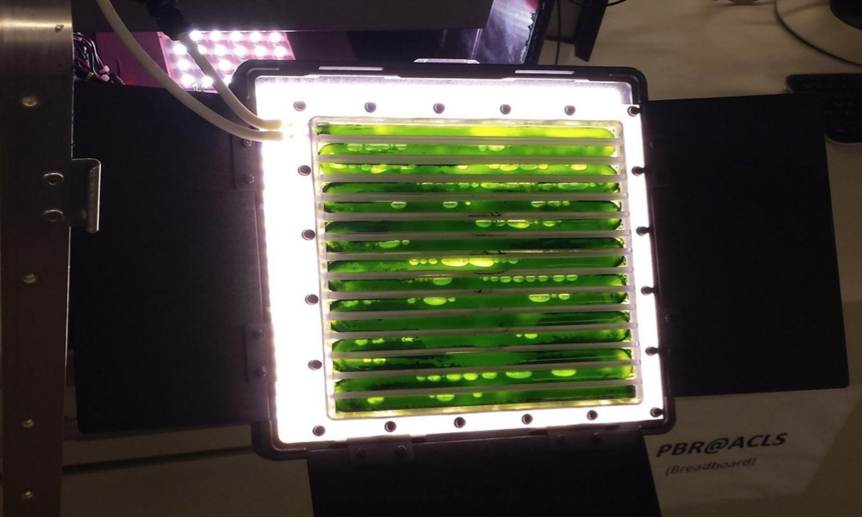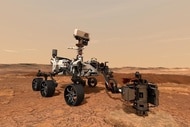Create a free profile to get unlimited access to exclusive videos, sweepstakes, and more!
Sci-fi bioreactor can make food and water in space from... algae

Now that we’re in the moon and (eventually) Mars race, some things need to be figured out before humans start hanging out on alien territory for extended stretches of time. Things like where an astronaut’s next meal is going to come from.
Chlorella vulgaris may sound like a lethal disease, but it is really a very resilient type of algae which can sustain astronauts with the by-products of photosynthesis. We somehow need to be able to close the resource cycle if we have any hope for our species surviving off Earth. The algae in the Photobioreactor created by the German Aerospace Center (DLR) and now on the ISS not only produces a biomass high in protein, but turns CO2 into oxygen. Meaning, this microorganism could be revolutionary.
What appears to be greenish freshwater sludge might not seem like the obvious choice for a high-tech advancement for space survival, it doesn't need much to do something that seems ripped from science fiction. The algae living in the bioreactor is powered by only light and a little nutrient solution.
While oxygen production is already a lifesaver, the biomass it is able to produce is truly amazing because it is so high-protein that it could replace up to—wait for it—30% of the vacuum-packed and freeze-dried food in an astronaut’s diet.
While there is no word on what this miracle algae food tastes like, it probably won’t matter for someone hundreds of thousands of miles from the home planet. It could potentially close the resource cycle that currently needs intervention from Earth to refresh supplies that astronauts on the ISS literally cannot live without. Besides being a renewable source of food on extended missions and planetary bases, it would mean that not nearly as much food would have to be carried into space, lightening payloads (and prices) for lunar and deep space missions.
The Photobioreactor recently joined forces with the Advanced Closed-Loop System (ACLS) already on the ISS to produce breathable air. The ACLS, which was built by Airbus and extracts water (through electrolysis) and methane from the CO2 that astronauts exhale, has been part of the space station’s life-support system since last year. While this takes the pressure off resupply missions, it hasn’t completely eliminated the need for them.
Merging the bioreactor with the ACLS to create the PBR@ACLS hybrid system means we’ve just gotten that much closer to sustaining ourselves in space.
“With the first demonstration of the hybrid approach, we are right at the forefront when it comes to the future of life-support systems,” said Oliver Angerer, team leader for Exploration and project leader for the Photobioreactor experiment at the DLR Space Administration.
Expect to see one built into an upcoming moon base.
(via German Aerospace Center)



























